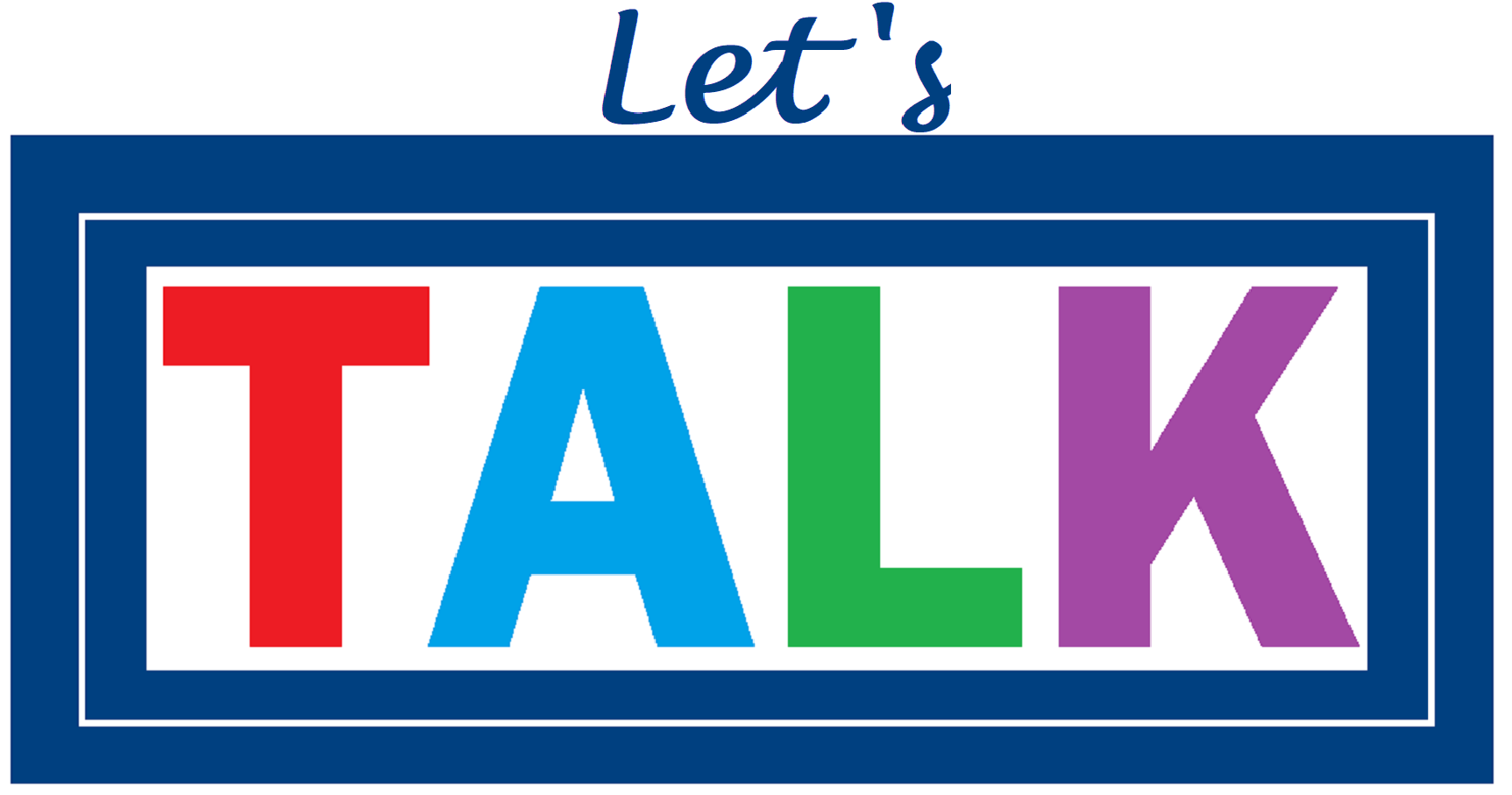Many towns in our region have experienced increased development in recent years that has resulted in the degradation and fragmentation of forest and open spaces. Developments coupled with other causes are having a significant impact on our pollinators. A lot of us are aware of the significant decline in our insect populations, as much as 75% over the last 50 years. These insects are vital to our ecology, not only for enjoying wildlife, but the necessity of pollinators for the food we eat and stable ecosystems. Kristi Vitelli has previously written about the importance of pollinators in this column, encouraging more native plantings to attract them. She started her column with “Field of Dreams – If You Plant It, They Will Come!”
Kristi referenced Doug Tallamy, a University of Delaware professor of entomology and wildlife ecology who noted the importance of native plantings for caterpillars which are a large food source for many birds at critical times in their breeding cycles. These insects don’t lay their eggs on just any native trees, shrubs, or flowers, they have unique ecological relational niches for certain plants. Thus, we need a variety of plantings in our yards, playgrounds, and community open spaces. One of my favorite bird species are hummingbirds. I previously had not looked beyond my simple joy of watching them come to some of my plantings and drink the nectar in the flowers. I found out from Professor Tallamy that 80% of the diet for hummingbirds are insects like mosquitoes, not the sugar water I put out to attract them. As much as I hate mosquitoes, and I detest the inconvenience and diseases they may bring when I am outdoors, we need to think twice about all the pesticides we use to eliminate mosquitoes and other insects.
Some Connecticut communities mandate by ordinance the use of native plants to improve their efforts at attracting pollinators. Newtown Connecticut for example set “a minimum standard requirement for all new plantings of trees, shrubs and other plants on municipal properties. It also applies to seeds used in place of plants. The policy applies to any replacement plantings, including but not limited to trees, shrubs, and perennials felled by storms, disease, redevelopment/expansion, or other reasons. New and replacement plantings for trees, grasses and ground covers must be 100% native. New and replacement plantings of shrubs must be 85% native. New and replacement plantings of herbaceous perennials must by 75% native.” Newtown amended their ordinance 4 months later. This portion of the new ordinance reads: “Non-native invasive and potentially invasive plant species listed on the current CT Invasive Plant List and updated annually by the Connecticut Invasive Plant Working Group (CIPWG) shall not be used in the landscaping.” (From Pollinator Pathways website)
With increasing concern for pollinators Glastonbury, like many towns in Connecticut is aware of the need for improving pollinator habitat and is promoting native plantings. In development applications to the Town of Glastonbury there are three Committees or Commissions that can have an impact on which plants are chosen, they are the Community Beautification Committee (CBC), Conservation Commission/Inland Wetlands & Watercourses Agency, and Town Plan & Zoning Commission. Glastonbury in contrast to Newtown, is not as explicit. It has a good start, but we do not lead by example in this area. According to Greg Foran, Parks Superintendent and Tree Warden ‘the CBC guidelines, specific language was adopted in 2018 and is shared with applicants who are preparing to present to the Committee.’
“INVASIVE SPECIES – Shall not be included in plans being submitted for review. The list of plants being banned are those listed in the guiding document called INVASIVE PLANTS IN YOUR BACKYARD! A GUIDE to THEIR IDENTIFICATION AND CONTROL. NEW EXPANDED EDITION, as published in 2016 by the Connecticut River Coastal Conservation District, 3rd edition, September 2016. Further, this document lists suggested native alternatives, and is encouraged as a reference in preparation for applications coming before this Committee.” We have no other ordinances or guidelines on this issue in Glastonbury.
Also, according to Greg Foran, ‘the Community Beautification Committee (CBC) has had many conversations about this, and we do have language in our guidelines’ as mentioned above. ‘Non-native invasive species are not allowed, native plants are encouraged, but exclusive use of natives is not required. The Committee has been intentional about this and has been sensitive to the need for ecological landscaping as well as traditional goals such as plant variety and selection to complement the hardscape.’
Glastonbury is working to acknowledge the importance of pollinators; on the town website it highlights its efforts working with Rick and Lisa Eldridge Co-chairs of the Environment team of TALK (Truth in Action with Love and Kindness) and Tracy Kavanaugh of the Glastonbury Pollinator group. The town has graciously worked with Pollinator Pathways group to highlight the locations throughout town that have native plants and pollinator pathway gardens.
How we treat the earth we live in will reflect the environment we create for ourselves. We are slow to realize the cumulative impact of human manipulation and control of the environment we live in. Once aware of these impacts can we be content with our current approaches? Should we be doing more in town to help our pollinators? Do we need to improve our town ordinances?
The members of TALK Environment group seek to promote conversations about environmental topics in our community. If you have a related topic which you are passionate about, please send your ideas and suggestions for future articles to: prez@talk-action.org. All articles are archived on the TALK website https://talk-action.org.
